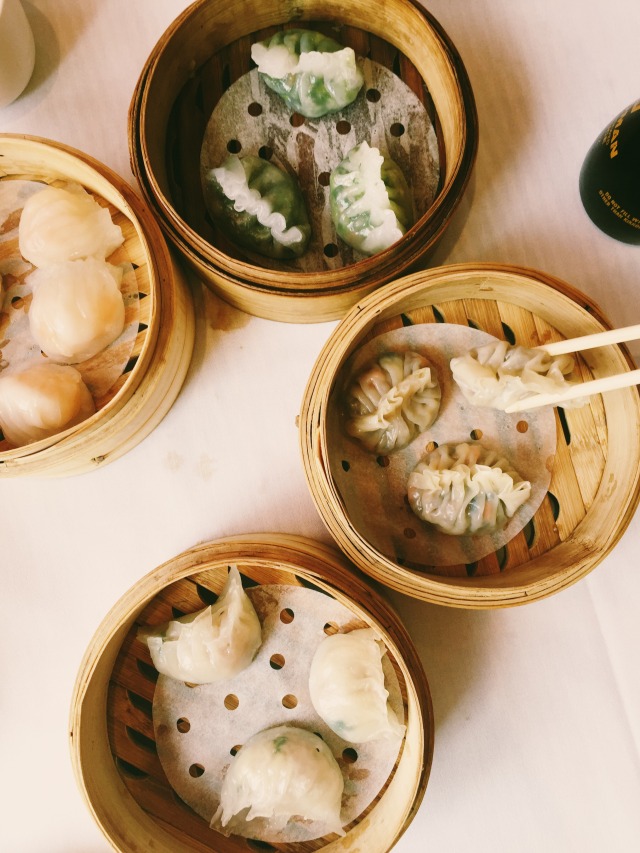

He explained that how a restaurant makes its shrimp dumplings (ha gow) speaks volumes about the establishment. He'd rather wait five more minutes for a fresh batch from the kitchen. He won't accept cold food-the flavor changes, he said. It's got to be served freshly steamed or fried. My dad would always ask how recently the dishes were cooked. Watching him speak, his dim sum philosophy became clear. The only quibble was that the feet were too small, unlike the enormous, meaty versions found in restaurants in Hong Kong as well as Vancouver, the Canadian city he believes has the best dim sum in North America.Īnd so he went on, first about the deep fried taro (overcooked, soggy on the bottom, breading should be delicate and perky) and the steamed BBQ pork bun (fantastic dough, but pork could have been juicier) and then the steamed Malay sponge cake (lightly sweet, fluffy as cumulus clouds and dead delicious). For dad, he's eaten enough chicken feet to tell this version was done well: he said it was boiled in water, deep fried to puff up the skin, then marinated with a black bean, garlic and chile sauce before re-steaming.
#CHINATOWN DIM SUM CHICAGO TRIBUNE SKIN#
To me, it's like eating chicken skin with a sliver of meat surrounding bones. My dad held up a chicken foot with chopsticks and examined it, like a jeweler inspecting a precious stone.


It also sounds like the word for good fortune. "Fat Choy," for example, is a black, stringy algae eaten during the Chinese New Year. Much of the country's food is eaten because of its symbolism, or because the name of a dish is homonymous with an auspicious term. Translated literally from Chinese, it means "phoenix talons," a creature with heroic status in Chinese lore. A plate of chicken feet came next, a dish many Westerners avoid.


 0 kommentar(er)
0 kommentar(er)
